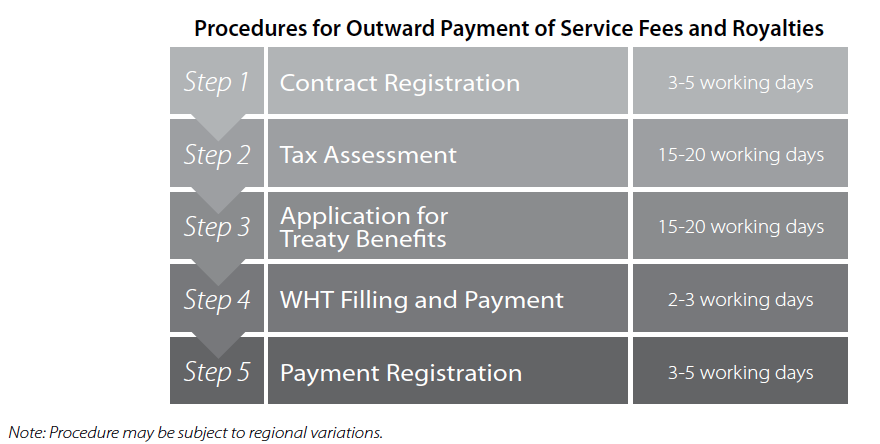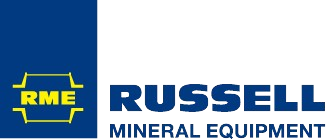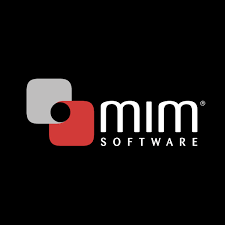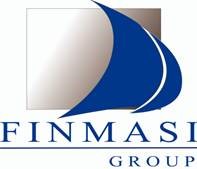
Our collection of resources based on what we have learned on the ground
Resources
presentation
Setting up a Business in India

- September 2014
- Free Access
A presentation from Dezan Shira & Associates highlighting the different modes of entry, the types of legal entities, the special agreements and general compliance in India.
presentation
Taxation & Accounting: What SMEs Should Know for the Year 2013-2014

- September 2014
- Members Access
This presentation by Richard Cant, Regional Director, will address a number of taxation and accounting related topics for SMEs in China.
presentation
Permanent Establishment in South China: Key Points to Understand the Chinese Sys...

- September 2014
- Members Access
This presentation from Sisi Xu, Senior Manager in Corporate Accounting Services, will go into detail about corporate permanent establishment in South China.
presentation
Expatriate China Social Insurance, BT to VAT Conversion and Fund Repatriation

- September 2014
- Members Access
This tax workshop led by Senior Manager Hannah Feng and Partner Sabrina Zhang will take you through an overview of the regulatory systems on social insurance, mandatory benefits, corporate income and value-added taxes, and profit repatriation in Chin...
presentation
New Regulations for Representative Offices in China

- August 2014
- Members Access
This presentation by Rosario Di Maggio, Manager, will guide you through tax related changes in China, including: the increase of minimum deemed profit tax rate, tax exemption changes, and more stringent regulations on accounting requirements and othe...
infographic
Aliquote di Imposta sul Reddito della Persone Fisiche in Asia

- August 2014
- Free Access
Questo infographic mostra e confronta le diverse aliquote sul reddito di persone fisiche in: Cina, Hong Kong, India, Singapore e Vietnam.
Q&A
What is the Directorate General of Foreign Trade (DGFT) and what steps are neces...

- July 2014
- Free Access
The Directorate General of Foreign Trade (DGFT) is the body which oversees India’s Export-Import (EXIM) policy. In order to bring goods into India, importers are required to register with the DGFT and receive an Importer Exporter Code (IEC). Fu...
Q&A
What types of joint ventures (JVs) are available for foreign firms and investors...

- July 2014
- Free Access
Entering into a joint venture (JV) with a local company can provide benefits such as brand exposure for foreign firms in the Indian market while avoiding the risks associated with establishing local branches or subsidiaries. Licensing JVs entail an I...
infographic
Tax Burdens of Paying Dividends from China to Overseas

- July 2014
- Free Access
This infographic shows the tax burdens when dividends are being paid out of China to overseas.
infographic
Procedures for Outward Payment of Service Fees and Royalties

- July 2014
- Free Access
This infographic details the necessary steps which need to be taken for outward payment of service fees and royalties.
infographic
Annual Compliance Timeline in China

- July 2014
- Free Access
A timeline outlining the process for annual tax compliance, including the steps which need to be taken and the deadlines which must be met.
infographic
Procedures for the Declaration & Repatriation of Dividends in China

- July 2014
- Free Access
This infographic details the steps that need to be taken during the procedure for declaring and repatriating dividends.
Enquire for more information about our services, and how we can help solve challenges for your organization
Contact UsOur Clients
Discover our esteemed global clients across diverse sectors. We believe in providing our clients with exceptional service and a commitment to being their partner for growth in Asia.
See what our clients say about us



























